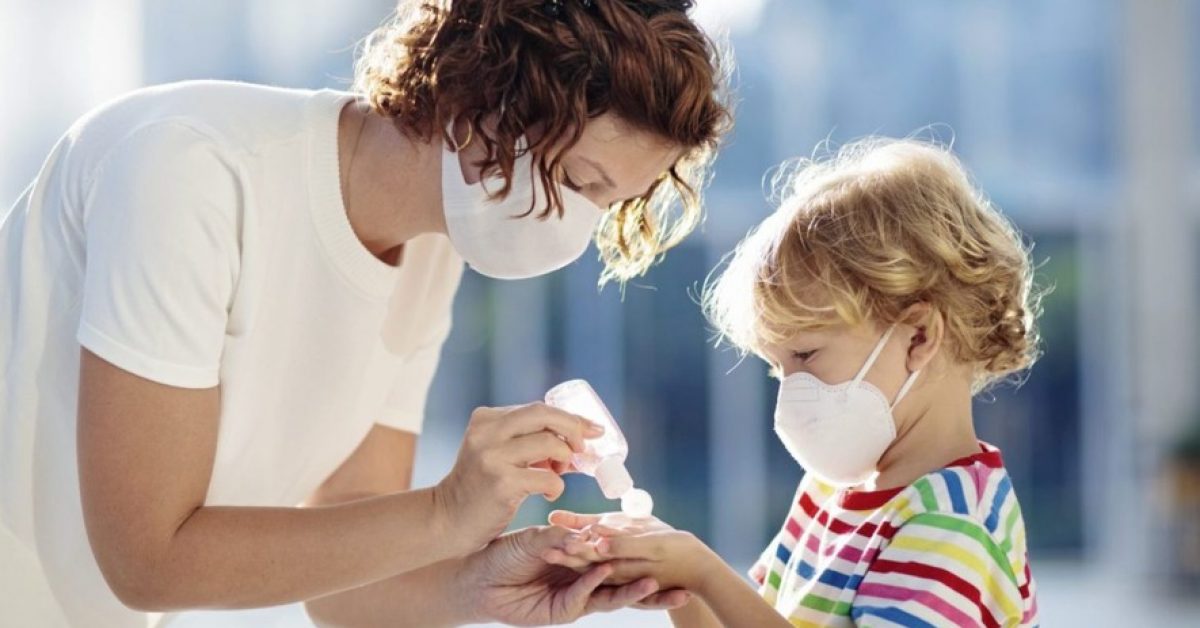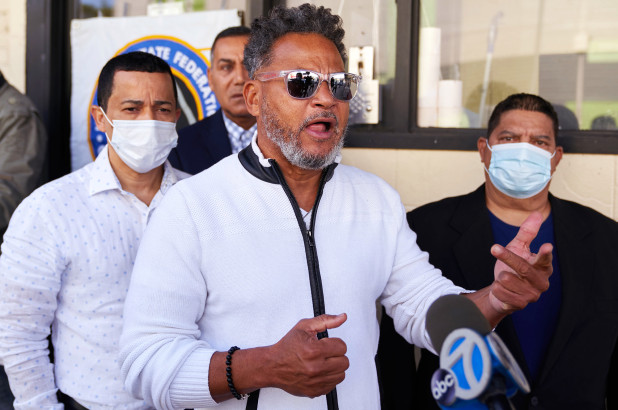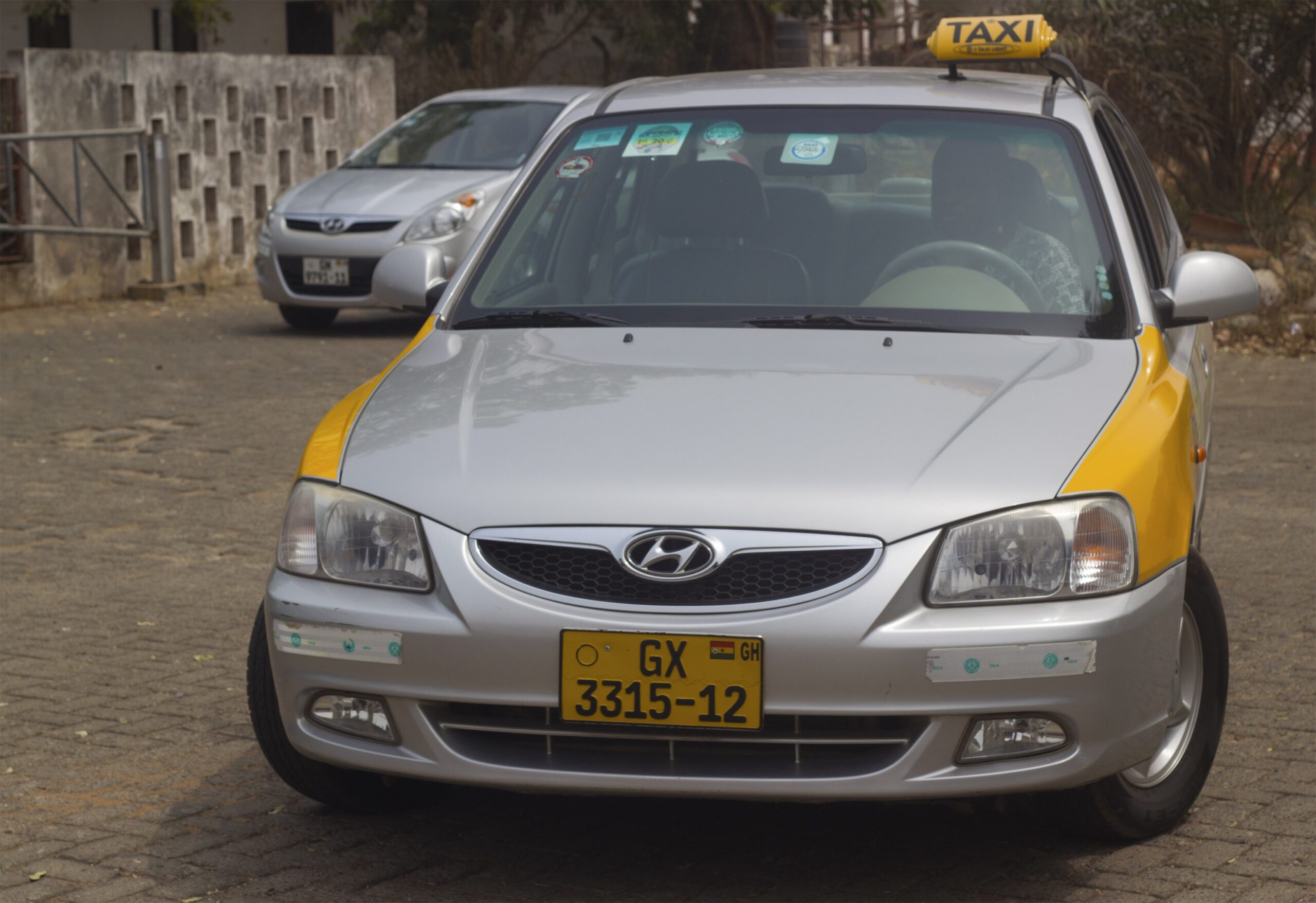Tips to keep children healthy while school’s out
Based on available evidence, children do not appear to be at higher risk for COVID-19 than adults. While some children and infants have been sick with COVID-19, adults make up most of the known cases to date.
Children may have mild symptoms
The symptoms of COVID-19 are similar in children and adults. However, children with confirmed COVID-19 have generally shown mild symptoms. Reported symptoms in children include cold-like symptoms, such as fever, runny nose, and cough. Vomiting and diarrhea have also been reported.
It’s not known yet whether some children may be at higher risk for severe illness, for example, children with underlying medical conditions and special healthcare needs. There is more to learn about how the disease impacts children. You can learn more about who is most at risk for health problems if they have COVID-19 infection on Are You at Higher Risk for Severe Illness.
Help stop the spread of COVID-19
Take steps to protect children and others from getting sick
Help stop the spread of COVID-19 by doing the same things everyone should do to stay healthy. Teach your children to do the same.
- Clean hands often using soap and water or alcohol-based hand sanitizer.
- Avoid people who are sick (coughing and sneezing).
- Clean and disinfect high-touch surfaces daily in household common areas (like tables, hard-backed chairs, doorknobs, light switches, remotes, handles, desks, toilets, and sinks).
- Launder items including washable plush toys as needed. Follow the manufacturer’s instructions. If possible, launder items using the warmest appropriate water setting and dry items completely. Dirty laundry from an ill person can be washed with other people’s items.
You can find additional information on preventing COVID-19 at How to Protect Yourself. Additional information on how COVID-19 is spread is available at How COVID-19 Spreads.
Limit time with other children
Practice social distancing
The key to slowing the spread of COVID-19 is to limit contact as much as possible. While school is out, children should not have in-person playdates with children from other households. If children are playing outside their own homes, it is essential that they remain 6 feet from anyone who is not in their own household.
To help children maintain social connections while social distancing, help your children have supervised phone calls or video chats with their friends.
Clean hands often
Make sure children practice everyday preventive behaviors, such as washing their hands often with soap and water for at least 20 seconds. This is especially important if you have been in a public place.
Change spring break & travel plans
Revise spring break and travel plans if they included non-essential travel.
If children meet in groups, it can put everyone at risk. Children with COVID-19 may only have mild symptoms, but they can still pass this virus onto others who may be at higher risk, including older adults and people who have serious underlying medical conditions.
Limit time with older adults and people with serious underlying medical conditions
Older adults and people who have serious underlying medical conditions are at highest risk of severe illness from COVID-19.
- If others in your home are at particularly high risk for severe illness from COVID-19, consider extra precautions to separate your child from those people.
- If you are unable to stay home with your child while school is out, carefully consider who might be best positioned to provide child care. If someone at higher risk for COVID-19 will be providing care (older adult, such as a grandparent or someone with a chronic medical condition), limit your children’s contact with other people.
- Consider postponing visits or trip to see older family members and grandparents. Connect virtually or by writing letters and sending via mail.
Children 2 years and older should wear a cloth face covering
Children 2 years and older should wear a cloth face covering their nose and mouth when in the community setting. This is an additional public health measure people should take to reduce the spread of COVID-19 in addition to (not instead of) social distancing, frequent hand cleaning and other everyday preventive actions. A cloth face covering is not intended to protect the wearer, but may prevent the spread of virus from the wearer to others. This would be especially important in the event that someone is infected but does not have symptoms. Medical masks and N-95 respirators are still reserved for healthcare workers and other first responders, as recommended by current CDC guidance.
Keep children healthy
Watch your child for any signs of illness
- If you see any sign of illness consistent with symptoms of COVID-19, particularly fever, cough, or shortness of breath, call your healthcare provider and keep your child at home and away from others as much as possible. Follow CDC’s guidance on what to do if you are sick.
Watch for signs of stress in your child
- Some common changes to watch for include excessive worry or sadness, unhealthy eating or sleeping habits, and difficulty with attention and concentration. For more information, see the “For Parents” section of CDC’s Stress and Coping.
- Take time to talk with your child or teen about the COVID-19 outbreak. Answer questions and share facts about COVID-19 in a way that your child or teen can understand.
Teach and reinforce everyday preventive actions
- Parents and caretakers play an important role in teaching children to wash their hands. Explain that hand washing can keep them healthy and stop the virus from spreading to others.
- Be a good role model—if you wash your hands often, they’re more likely to do the same.
- Make handwashing a family activity.
- Learn more about handwashing and other everyday preventive actions.
Help your child stay active
- Encourage your child to play outdoors—it’s great for physical and mental health. Take a walk with your child or go on a bike ride.
- Use indoor activity breaks (like stretch breaks or dance breaks) throughout the day to help your child stay healthy and focused.
Help your child stay socially connected
- Reach out to friends and family via phone or video chats.
- Write cards or letters to family members they may not be able to visit.
- Some schools and non-profits, such as the Collaborative for Academic, Social, and Emotional Learningexternal icon and The Yale Center for Emotional Intelligenceexternal icon, have resources for social and emotional learning. Check to see if your school has tips and guidelines to help support social and emotional needs of your child.
Ask about school meal services
Check with your school on plans to continue meal services during the school dismissal. Many schools are keeping school facilities open to allow families to pick up meals or are providing grab-and-go meals at a central location.
Help children continue learning
Stay in touch with your child’s school
- Many schools are offering lessons online (virtual learning). Review assignments from the school, and help your child establish a reasonable pace for completing the work. You may need to assist your child with turning on devices, reading instructions, and typing answers.
- Communicate challenges to your school. If you face technology or connectivity issues, or if your child is having a hard time completing assignments, let the school know.
Create a flexible schedule and routine for learning at home
- Have consistent bedtimes and get up at the same time, Monday through Friday.
- Structure the day for learning, free time, healthy meals and snacks, and physical activity.
- Allow flexibility in the schedule—it’s okay to adapt based on your day.
Consider the needs and adjustment required for your child’s age group
- The transition to being at home will be different for preschoolers, K-5, middle school students, and high school students. Talk to your child about expectations and how they are adjusting to being at home versus at school.
- Consider ways your child can stay connected with their friends without spending time in person.
Look for ways to make learning fun
- Have hands-on activities, like puzzles, painting, drawing, and making things.
- Independent play can also be used in place of structured learning. Encourage children to build a fort from sheets or practice counting by stacking blocks.
- Practice handwriting and grammar by writing letters to family members. This is a great way to connect and limit face-to-face contact.
- Start a journal with your child to document this time and discuss the shared experience.
- Use audiobooks or see if your local library is hosting virtual or live-streamed reading events.



















